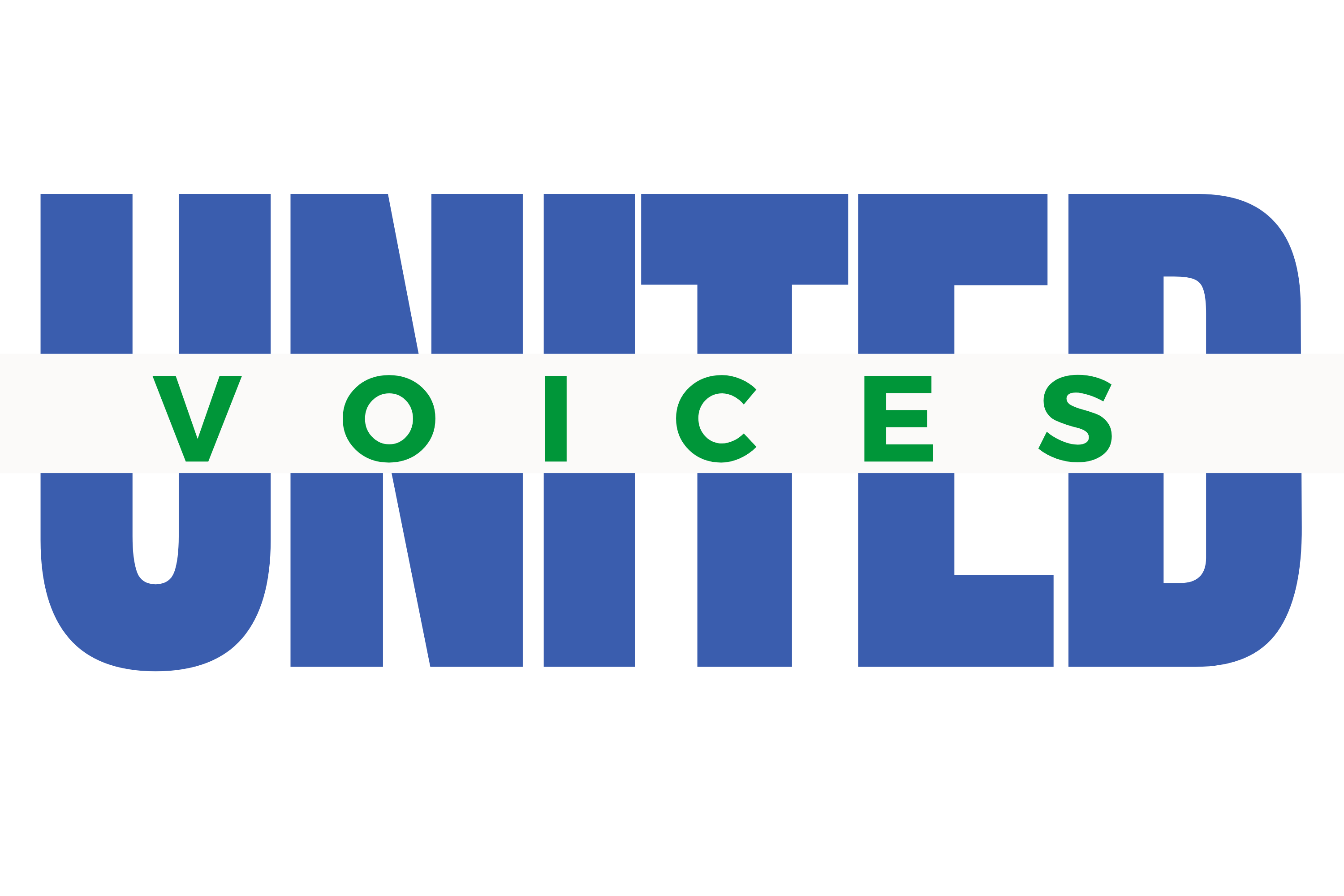Since the pandemic and with Baby Boomers retiring it has become more difficult in North Dakota and across the country. The American Federation of Teachers (AFT) Public Employee Program and Policy Council created a task force, which I am co-chairing, to study the issue with a goal of coming up with recommendations to help public employers meet their employee needs and help our fellow union members provide vital public services.
Public employment was a coveted job in the past, but today public service is not a job of choice.
One reason cited by many potential employees is the lack of competitive wages and the ability to advance. Public employee wages have failed to keep up with the private sector. In the Jan. 7, 2022, PEW article “Government Wage Growth Lags Private Sector by Largest Margin on Record,” it was noted that nationally public employee wages lagged the private sector, which saw much stronger gains as the economy recovered. The Labor Department data indicated that year-over-year growth rates for hourly private sector jobs now exceed that of state and local government workers by the largest margin on record.
Over many years, salary appropriations passed by the North Dakota Legislature failed to keep up with inflation and the growth in the labor market, resulting in wages on average lagging the market by 12%. The 2023 Legislature took a step forward to close some of the pay gap by appropriating for salary increases of 6% and 4% for the biennium, as well as providing funding for equity adjustments for those employees furthest behind market.
This one salary adjustment will not solve North Dakota’s recruitment and retention problem as money is not the only issue that employees are looking for in a great job, but it will surely help. The AFT task force has looked at issues important to employees including work life balance, flexible schedules, ability to work remotely, and total compensation including benefits. Research shows that a defined benefit pension plan plays a significant factor in enabling states to recruit and retain employees. The NDPERS defined benefit plan will close Dec. 31, 2024, creating another hurdle to overcome in recruiting staff.
The AFT Task Force report will be released on Nov. 17, 2023, at the AFT Public Employee Conference in Baltimore, Maryland.



